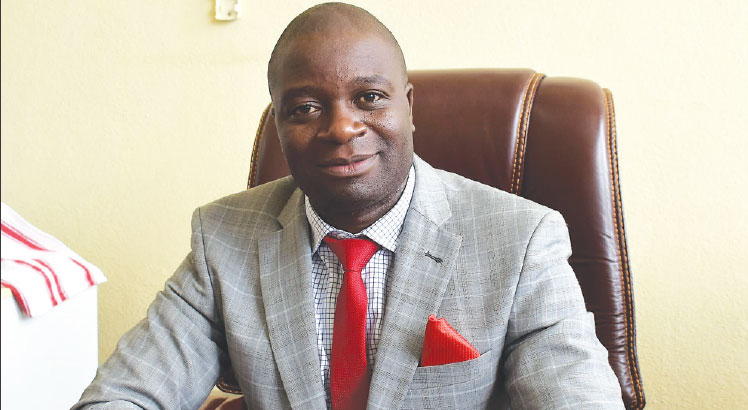Reserve Bank reduces policy rate to 16%
The Reserve Bank of Malawi (RBM) has trimmed the policy rate—the rate at which commercial banks borrow from the central bank as lender of last resort—by two percentage points from 18 percent to 16 percent.
This is the fourth time the central bank’s Monetary Policy Committee (MPC) has reduced the benchmark rate since November 2016, reducing by a total of 11 percentage points.

Briefing journalists at RBM head office in Lilongwe, RBM Governor Dalitso Kabambe said the reduction was in line with the recent disinflation and the desire to consolidate the gains made in stabilising the economy.
He said: “We are hopeful that commercial banks will respond to this cut and we will follow up to ensure that they are responding because ultimately we want to ensure that commercial banks pass on this cut to economic agents across the country.”
Economist Gilbert Kachamba and Economics Association of Malawi (Ecama) executive director Maleka Thula both welcomed the development, urging commercial banks to follow suit to promote economic activity.
Said Thula: “It is a welcome development given that most macroeconomic indicators are performing favourably. Inflation is going down, the exchange rate is stable. Given this background, it is reasonable to revise downwards to support investments.
“If banks follow suit and get the lead from the monetary policy stance which is easing to support investments, then this will be good for supporting investments.”
However, Kabambe said a large interest rate spread—the gap between the interest rate charged on loans and interest charged on savings—is an indication of inefficiency in commercial banks.
He urged the banks to restructure themselves so that they offer loans at a low cost without affecting their operating profits.
Said Kabambe: “High spread entails inefficiency. What this entails for commercial banks is that they need to improve on their cost structures and restructure themselves. Sometimes we need to relook at the bonuses, dividends and salaries.”
RBM has since said it will continue engaging commercial banks to reduce their interest rate to reduce the cost of capital.
In a previous interview, the Malawi Confederation of Chambers of Commerce and Industry (MCCCI) said it would keep pushing the central bank to put a cap on interest rates so that commercial banks are disciplined to reduce their overheads, most of which are in perks.
However, the Bankers Association of Malawi (BAM) said many factors are considered when calculating interest rates, the major one being the cost of funds.
BAM executive director Violette Santhe said though banks make seemingly high interest margins, return on their assets (ROA) is very low.
The cost of funds, according to BAM, is affected by the cost of deposits, the liquidity reserve, cash in treasury, operating costs and non performing loans among others.
During its meeting, the MPC maintained the Liquidity Reserve Requirement (LRR) at 7.5 percent and has kept the Lombard rate at 200 basis points above the policy rate.





